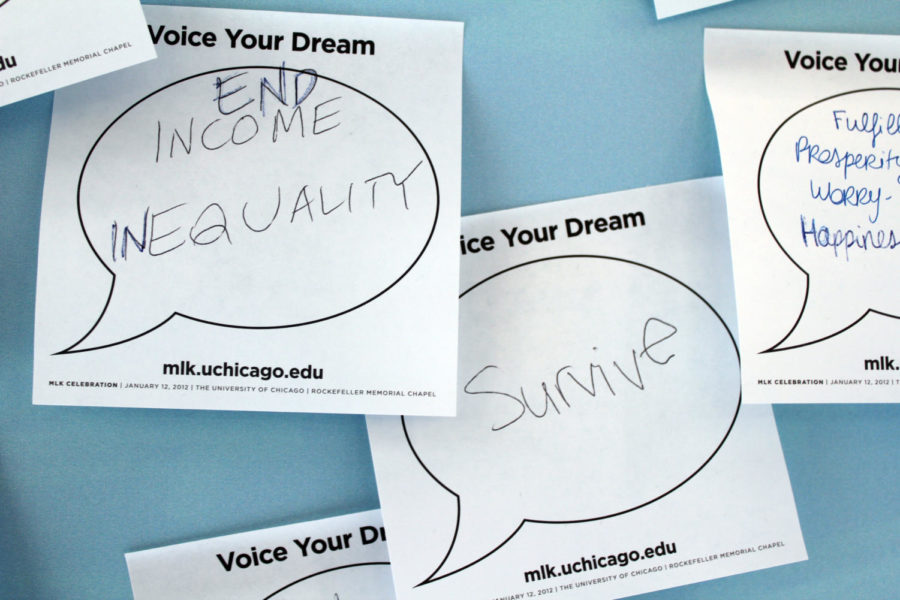Ziemann: Video meetings expose income inequality
Columnist Megan Ziemann exposes how income inequality is exacerbated through utilizing online video platforms for meetings and classroom material.
May 28, 2020
I remember being home over spring break, bored and channel surfing, when I stumbled upon a “Zoom interview” between a news anchor and a professional basketball coach. The news anchor sat in a modest-looking desk chair with a plain, beige-colored wall for a background.
Inversely, the coach was perched on an expensive white couch in his more expensive white house and the space around his head was decorated with glistening trophies and sculptures.
It was then that I realized how rich that coach really was. It was then that the phrase “income inequality” clicked.
We don’t realize how different we are when we’re at school or work — most of us take classes or work in the same physical spaces as our peers. For the most part, we experience the same classroom or workplace. Take my first class ever at Iowa State: Econ 102. Every student in that particular section experienced roughly the same course. We all sat in the lecture hall, navigated the hallways to get there, marveled at the cow head at the entrance and wondered why an economics class was in the food sciences building.
In that Econ 102 class, it didn’t matter where each student was from or how much money we made. Rich and poor alike sat in the same seats. That physical space leveled us out.
COVID-19 stole that from us. Instead of coming together in a physical space, we come together virtually. We see each others’ faces against a backdrop some of us can no longer hide.
Virtual meetings that require a video component force people to show more of their life than many are comfortable sharing.
In the spirit of example, let’s say I have to retake that Econ 102 class right now. For lectures, instead of meeting in the food sciences building, the class meets virtually over video call.
I live in a studio apartment with one window. In order to get adequate light for video calls, I have to sit in front of my kitchen, where everyone on the call can clearly see my stove, my countertops and cabinets, and if they look closely, the notes on my fridge.
I have to clean up for every single call.
Now, my having to wipe a few things down is NOTHING compared to the actual income inequality being displayed on video calls everywhere. Single parents may have messy, toy-filled living spaces. People experiencing homelessness may not have a living space at all.
And I haven’t even touched on the 19 million Americans who do not have access to internet at home.
There’s a reason interviewers cannot ask questions about candidates’ personal lives. Let’s stop forcing them to reveal the answers in meetings.
There is a solution in the form of Zoom backgrounds. If every meeting attendee had a green-screen style background, their true living situation would be hidden. But a background doesn’t fix the systemic problem that is income inequality. If anything, it acts as a Band-Aid, covering up the real issue.
Right now, we’re in a unique situation. We’re learning more than we should about the gap between the rich and the poor. Without COVID-19, we may never have truly seen that gap.
Remember that gap once we’re out of quarantine. Talk about it. And keep it in mind in November.
Megan Ziemann, senior in marketing.

















